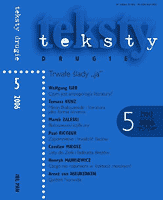

Keywords: Narrative; Psychology; Erik Erikson; Monika Faludernik; Narratology; Identity
Critically acclaimed writer, Ian McEwan, has been recognized as a pioneer for writing unique forms of fiction. His craftsmanship has been explained as “rational”, “controlled”, and “precise”. The narrative organization in his works brings out the human nature, which is at times, introduced as misled, confused, and guilt ridden. Influenced by Freud, McEwan has written novels which probe into the psyche of the characters so deeply that they resemble psychological case studies. It is here argued that a psychological reading can be done based on the theories of Erik Erikson; namely, identity crisis and identity formation of the characters. Furthermore, to provide a richer theoretical background, narratology is incorporated. Monika Fludernik’s narratological novel approach sheds light on issues of misinterpretation and unreliability to further verify the psychological aspects of the work. Atonement and Enduring Love have been analyzed as evidence on the basis of theories in narratology and psychology. Finally, drawing on both theories, a new form of character representation will be manifested on identity and self-recognition.
More...What is Narratology? : Question and Answers Regarding the Status of a Theory. Edd. Tom Kindt, Hans-Harald Müller; Walter de Gruyter, Berlin-New York 2003. 368 stran.
More..."Despite the equivocal reception accorded to her work, Jeanette Winterson has gradually risen to prominence as a writer who interrogates the dominant contemporary models of history, re-assesses power relations between the sexes and actively seeks to represent and inscribe new female experience, explores the relations between language, truth and representation and asserts the power relationship between the reader and text. ..."
More...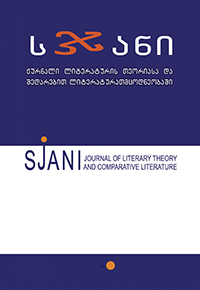
Keywords: medium; verbal narrative; story; discourse; narrativity; event; eventfulness; pictorial narrative
The article discusses the narratological concept of “eventfulness” as applied to pictorial narratives. As such, it raises questions about whether, and to what extent, verbal narratives can be taken as the ultimate narrative medium, and whether pictorial narratives avail themselves of other strategies we might call narrative, and about which we do not know enough as yet.
More...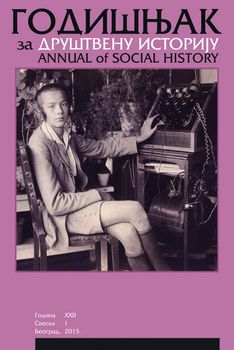
Keywords: Feminist narratology; medieval women; Anna Komnene; Alexiad; women’s text
Through perspective of a feminist narratology, I have tried to answer some crucial questions on the issue of unique medieval woman’s text and its distinctive mode of enunciation. Feminist criticism seeks to reassess the modern narratological theories in term of gender, social and power relations. The main issues that concern feminist narratologists are voice, context and narrative level of a specific women’s text wherefore I have chosen to deal with this pivotal narratological elements in relation to Anna Komnene’s Alexiad. My final aim was to present in which way Anna conducted a peculiar ‘genderization’ of her narrative and how these crucial elements were shaped and moulded according to the authoress’ gender and her gender-related views and interests.
More...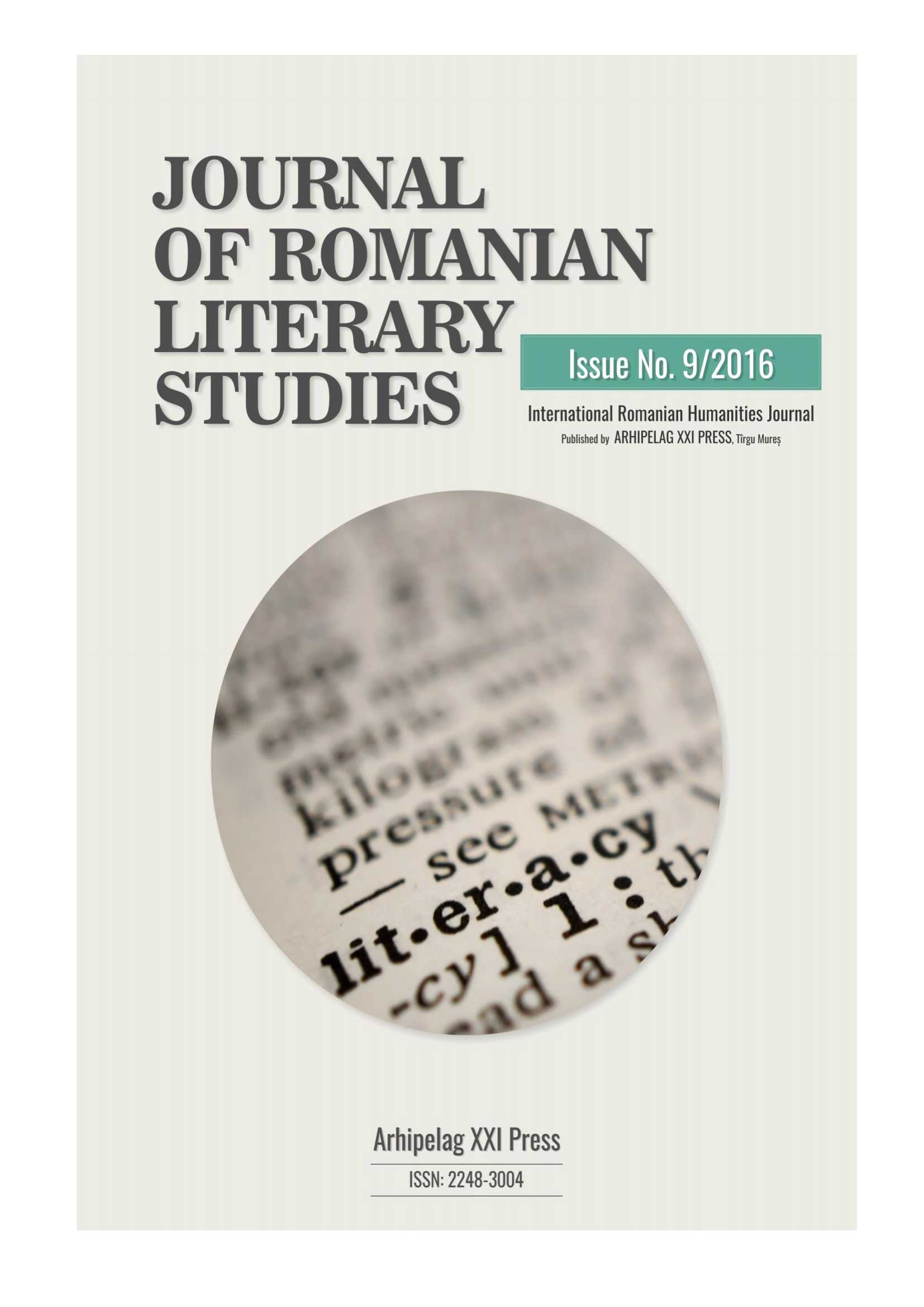
Keywords: fabula; story; plot; flashback; flashforward
The purpose of this paper is to show why a narratological approach would be useful in understanding the lyrical novel, with references to the novels written by Virginia Woolf and Graham Swift. The narratological approaches that are presented as relevant to an in-depth analysis of the lyrical novel are based on theories of action, theories of story and narration, and theories of reception. The conclusion of the article is that lyricism lies at the level of the story.
More...
The trend for journalism to move from reporting facts to telling a story based on facts is becoming increasingly recognised by German media. This trend is best illustrated by the conflict in Ukraine, where German journalists were able to tell the story of the war through the prism of a heroic tale of good versus evil.
More...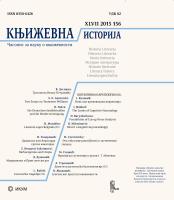
Keywords: representation of mind; fictional mental functioning; cognitive narratology; cut-ups; experimental prose; Pavel Ulitin; William S. Burrroughs
In this paper I am concerned with the representation of minds and mentalprocesses in cut-up literature and with the possibilities of narratological researchof experimental prose of this kind. In this, I follow the approach suggested by AlanPalmer (2004) which defines narrative fiction as the representation of fictional mentalfunctioning. I thus understand ‘mind’, not only as speech and thoughts as they arerepresented with the help of direct, reported and free indirect discourse, but also suchmental states (going beyond the category of consciousness) as emotions, sensations,dispositions, beliefs, attitudes, imagination, intentions, and motives (representedusually with the help of reported thought). A key-concept in definition of narrativeis thus not ‘event’, but rather ‘experience’. The author I focus on in my case study isPavel Ulitin (1918-1986) whose work is compared with that of William S. Burroughs(1914–1997). Both authors use cut-ups in different socio-cultural contexts and theirworks can be treated as a specific versions of this technique. Hence, my paper startswith a review of the recent literature on cut-ups in order to outline the thematic background of this research, then proceeds to consider cognitive narrative approaches,which are metodologically relevant for my study, dealing with experimental literary/multimodal texts, then discusses the case-study – namely Ulitin’s prose, and closeswith some general conslusions referring to the potential of cognitive approaches toexperimental literature.
More...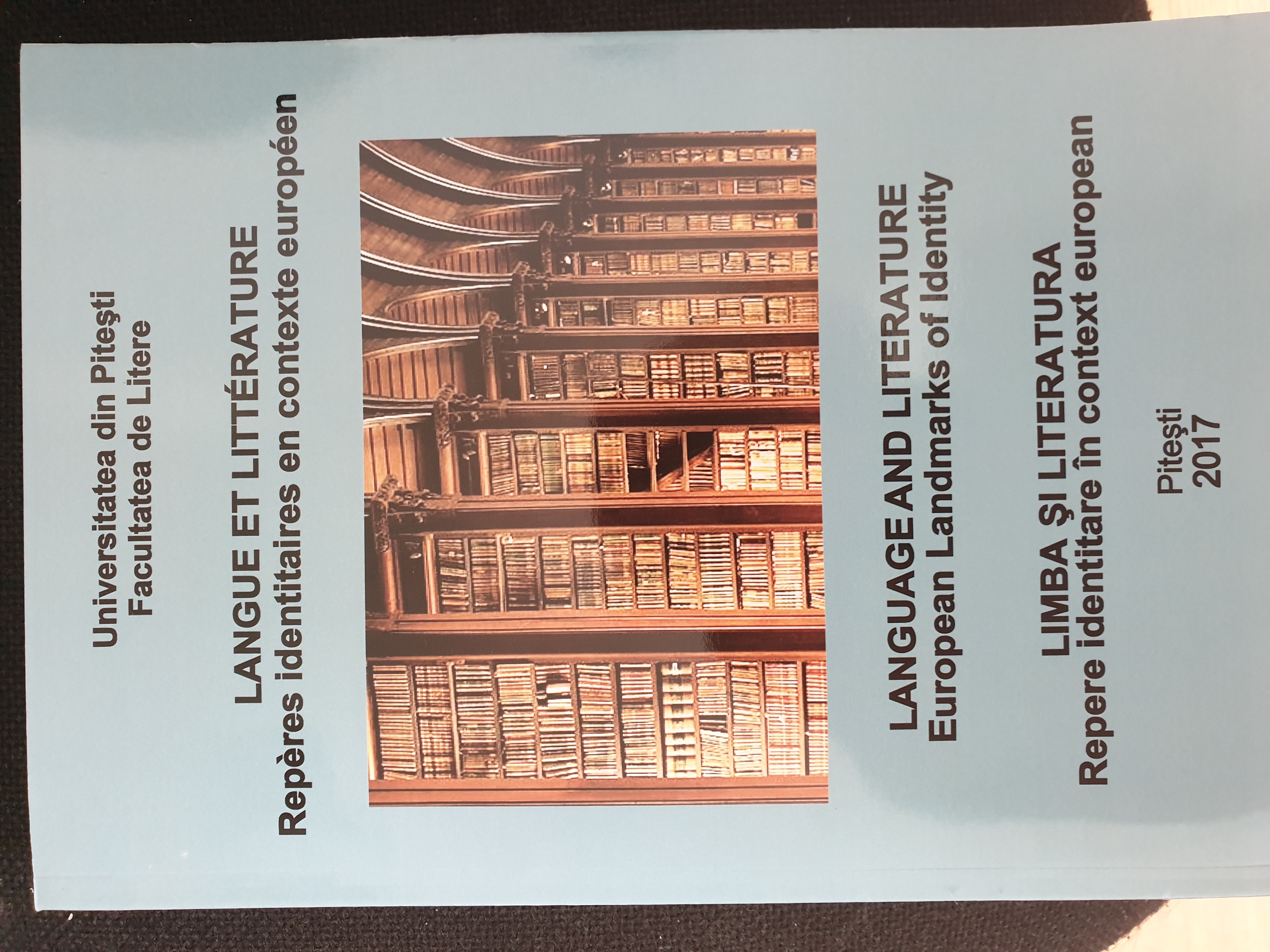
Keywords: feminine discourse; irony; identity; narrative voice
Language plays an important role in creating the gender. Women and men are constantly constructing their identities by means of their discourse which imposes a linguistic style. There is some research exploring how women, in particular, may enact and negotiate femininity. We have chosen to analyse the feminine discourse in “Pride and Prejudice” because Jane Austen made a lot of efforts to react against the patriarchal values of eighteenth century
More...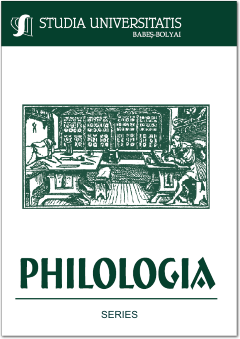
Keywords: Ulysses; the use of bodies; zone of non-consciousness; corporeal narratology; Agamben; Damasio; Punday.
James Joyce’s “Ulysses”: Reading the Self in the Body. Throughout this paper, my primary contention is that, as a book, Ulysses is a body of potentialities meant to help readers consubstantiate with their selves, with a special dedication for the Irish audience of the 1900s in particular. I suggest, in other words, that from a post-humanist perspective, the novel’s most metempsychotic feature remains its ability to guide readers out of their self-legitimising narratives and into the seat of their consciousness, the individual body. As the reader suspends their personal existence to engage with the body of the book, the latter helps deliver them into life-actual, all the while internalising a story unravelling its own textual cessation. This perspective on Ulysses involves re-tracing the human body within each narrative level, and the changes it undergoes through the novel’s embeddedness.
More...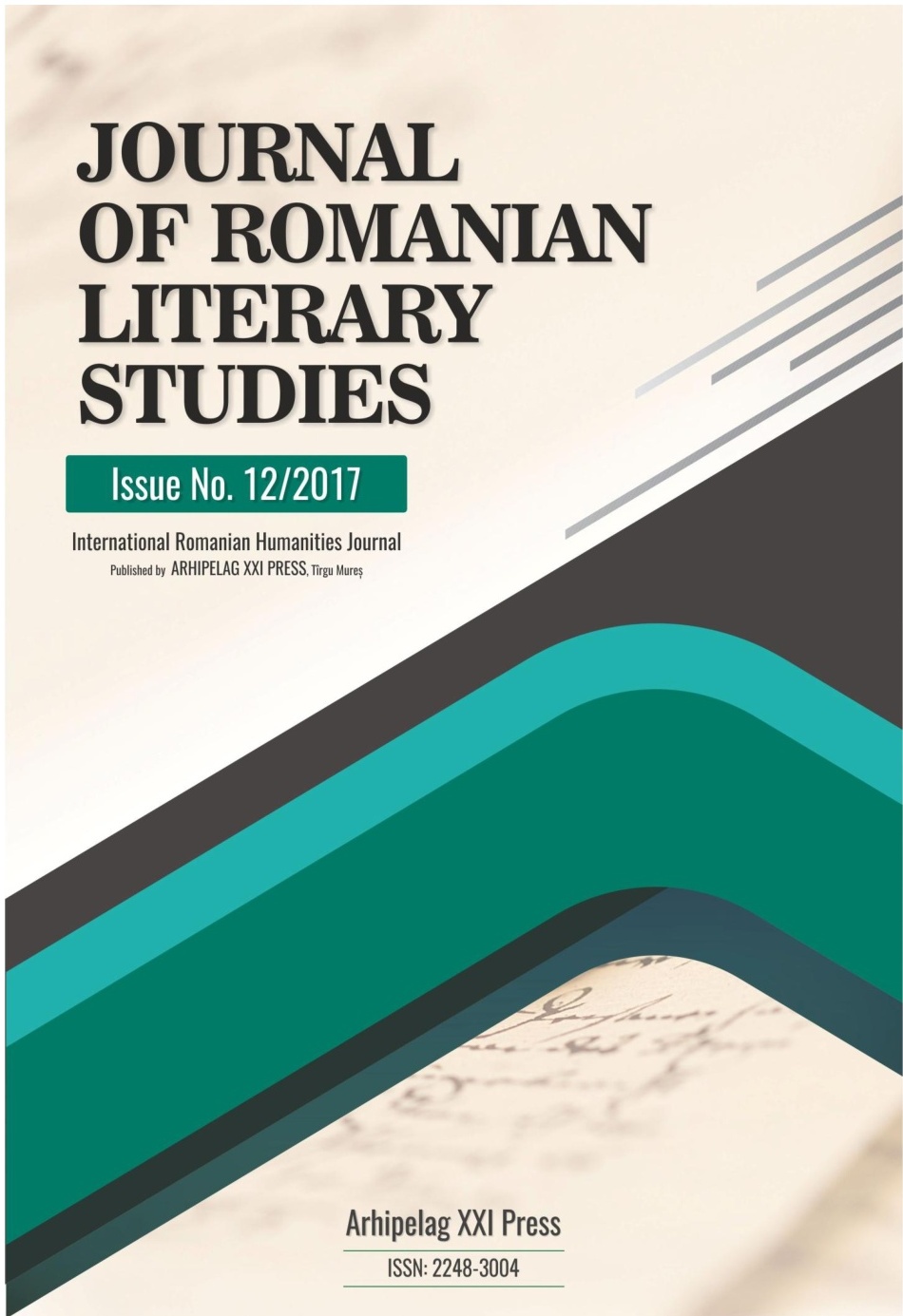
Keywords: narrative; useful / useless; narratology; cognitivism; narrative schema;
There is no such thing as useless elements in a narrative: every detail matters, every semantic trait is relevant. However, when reading (or memorizing) stories, we compile and schematize the `proeminent` pieces of information and get rid of the details. Schematizing is an operation essential in order to represent the narratives in a way that is accessible and useful, but the choices of what is ‒ in terms of information ‒ useful (and should be kept) and what is unnecessary (so, dispensable) is neither universal nor unchanging. Focusing on the various and varying cultural, experiential, situational, personal and idiosyncratic mechanisms involving in this complex process of decision, my paper raises some questions that problematise the status of reading and literary reception: What are the mental circumstances that encourage particular patterns of choice and validation of necessary / unnecessary narrative items? What if we exercise deliberate attention on what we generally believe it is useless in a narrative? Can we arrive at a sense of a narrative that is personally acceptable by means of what other might think as useless or irrelevant? Is it is possible to defamiliarize the readings and thus reach higher levels of literary competences? The methodologies of (post)classical narratology and cognitive poetics will help us formulate answers.
More...
Keywords: video games;game studies;narrative;discourse;critical theory;narratology
Niniejsza książka ma formułować propozycję metodologicznego otwarcia groznawstwa,silnie akcentując rolę dyskursu i narracji już w dwóch tekstach otwierających:„Dyskursywne gry i dyskursy gier” Geralda Voorheesa oraz „Poza mitem i metaforą.Przypadek narracji w mediach cyfrowych” Marie-Laure Ryan. Podkreślenie roli narracjii dyskursu umożliwiło również umocowanie pozostałych rozdziałów książki w dwuwzajemnie się dopełniających paradygmatach: teorii i filozofii (w części zatytułowanej„Teorie”) oraz praktyce hermeneutycznej (w części zatytułowanej „Praktyki”), dostarczającychwspólnie narzędzi do krytycznej wiwisekcji uobecniających się w grachpostaw dyskursywnych oraz narracji o świecie, kulturze, religii, filozofii, teologii, ekonomii,płciowości, rasie czy polityce. (...) Problem dyskursów gier wideo oraz dyskursóww grach wideo ujawnia zatem nie tyle bałagan, co niesłychaną produktywność ujęćbadawczych, nieograniczonych sztywnymi normami pojęć, kategorii czy narzędzi teoretycznych,które równolegle odnajdują w grach wydarzenia, znaczenia, języki, komunikaty,idee, ideologie, hierarchie i struktury władzy oraz wykluczenia. Sploty problemowew grach jako formach komunikacji, tekstach czy obiektach kulturowych skłoniłynas do zastosowania formuły liczby mnogiej w określeniu „dyskursy gier wideo” –tak, by unaocznić zarówno potrzebę pluralizacji perspektyw badawczych, jak i odpowiadającejjej różnorodności uobecniających się w grach narracji o świecie, zarównotym nas otaczającym, jak i tym przez gry wytwarzanym.
More...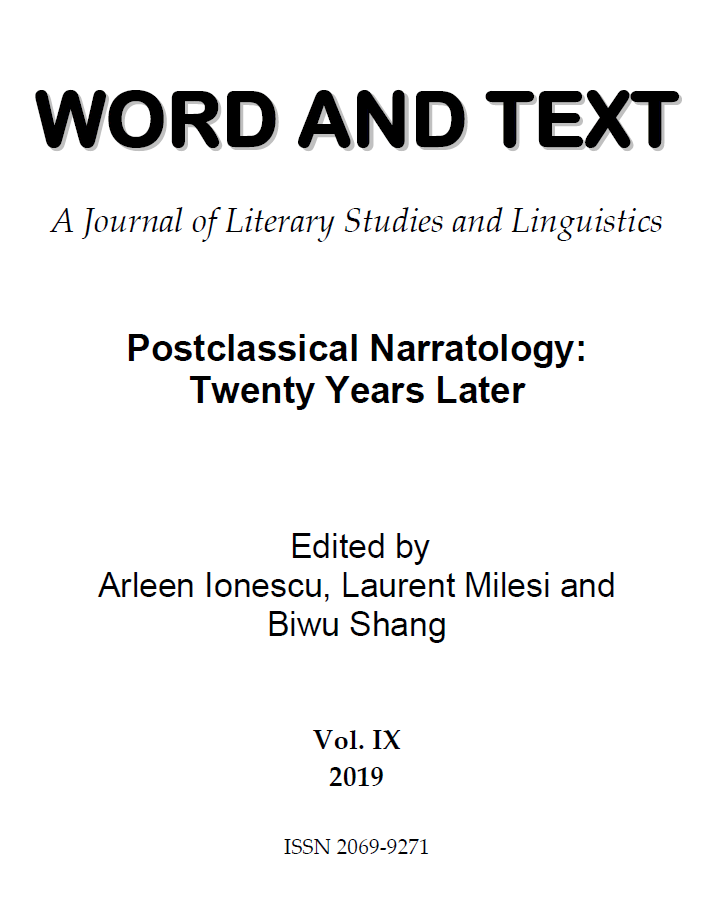
Keywords: metalepsis; queer narratology; metareference; mimesis; heteronormativity; transgression; displacement;
This article critically reviews the concept of metalepsis, introduced by Gérard Genette to designate the transgression of the border between distinct narrative levels, from the perspective of a postclassical, queer narratology. Emanating from the transmedial adaptation and application of the phenomenon, the article first suggests a complementary definition of metalepsis as displacement, before theorising metalepsis as a queer signifying practice. Looking at the relationship between metalepsis, mimesis and heteronormativity, the article proposes that metaleptic occurrences constitute an exceedance of the compulsory form of narrative, which is based on linearity and heteroreference, and thus questions, clashes with, if not undermines, normative conceptualizations of narrative.
More...

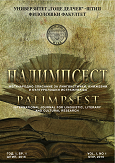
Keywords: film/theatre; semiotics; fashion/costumes; transmediality; critical narratology; flashback/analepsis; pseudoidentity.
The aim of this study is film representations in a comedy-drama Blue Jasmine (dir. Woody Allen, 2013). Bearing in mind the communicative and rhetoric performativity of film, a main character Jeanette “Jasmine” French (Cate Blanchett) is closely examined as a socialite fallen on hard times. Two hypotheses are put forward regarding the construct of her delusional identity: (h1) vis-à-vis “Blue Moon” melody, the figure flashback/analepsis depicts the character’s focalized memories, at the same time enabling the viewer to travel in the film-time; (h2) vis-à-vis film/theatre transmedia relationship, fashion/costumes are included as the intertext and citations of a mise en scène from Tennessee Williams’s play ”Streetcar Named Desire“ (dir. Liv Ullmann, 2009). The goal of the research is to show how the pseudoidentity representations are constructed through the dramaturgy tactics, which juxtapose intradiegetic and extradiegetic dramatized narratives, while the deixes in the semiosis (modes of references) engage the audience’s critical view. Given that the film/theatre props are orchestrated in a way which conveys a specific message, narratological and semiotic analysis is further supported by the multimodal tools, which advocate for the close examination of the interplay of modes. Finally, a definition of the focalization in the critical narratology regards the subjectivity as a necessary methodological principle, which best describes how the plot carries some kind of character’s knowledge of the world in the identity construct.
More...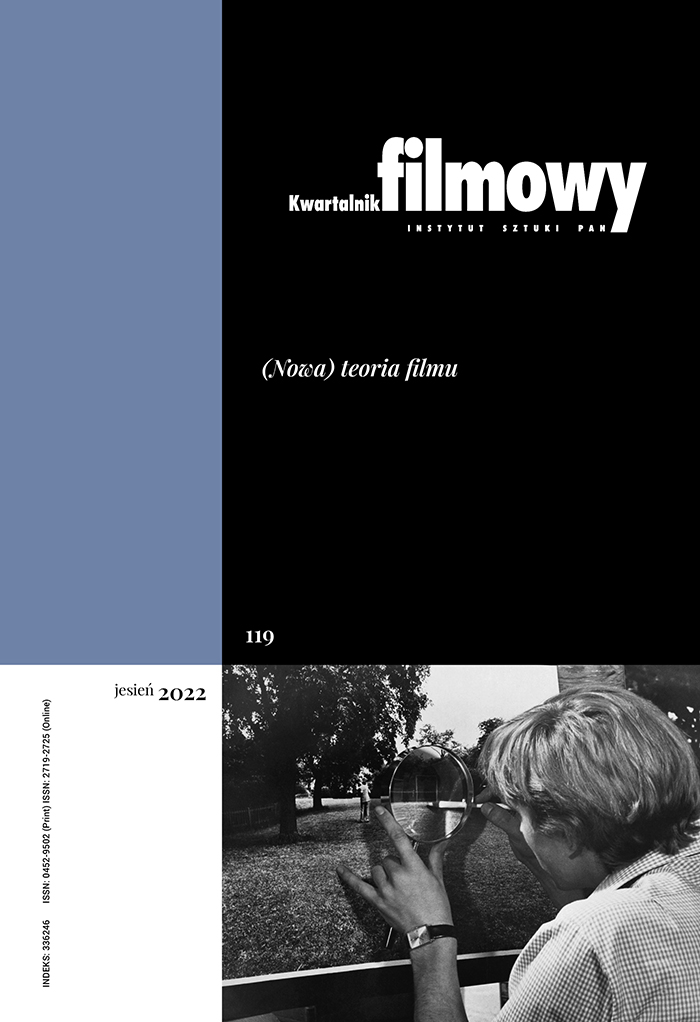
Keywords: narracja filmowa; narratologia; feminizm; kino kobiet; gender; narratologia feministyczna
Artykuł stanowi wprowadzenie do feministycznej narratologii filmowej: zarysowuje jej cele i wyzwania, wymienia narzędzia, nakreśla wstępnie możliwości operacjonalizacji i mapuje użyteczność analityczną. Feministyczna narratologia filmowa rozumiana jest tutaj jako subdyscyplina narratologii badająca zarówno narracje tworzone przez kobiety, jak i narracje o kobietach. Podkreślony jest jej aspekt metakrytyczny i rewizjonistyczny jako refleksji służącej zdemaskowaniu złudnego (męskiego) uniwersalizmu w tradycyjnych i strukturalistycznych propozycjach teorii opowiadania. Narratologia feministyczna osadzona zostaje w kontekście innych narratologii, przede wszystkim korporalnej (Punday, Stańczyk), naturalnej (Fludernik), kognitywnej (Bordwell, Branigan), transmedialnej i postklasycznej (Herman). Jedną z głównych kategorii stosowanych w tekście jest pojęcie doświadczeniowości (Fludernik), zgodnie z którym narracja jest w stanie reprodukować rzeczywiste ludzkie doświadczenia.
More...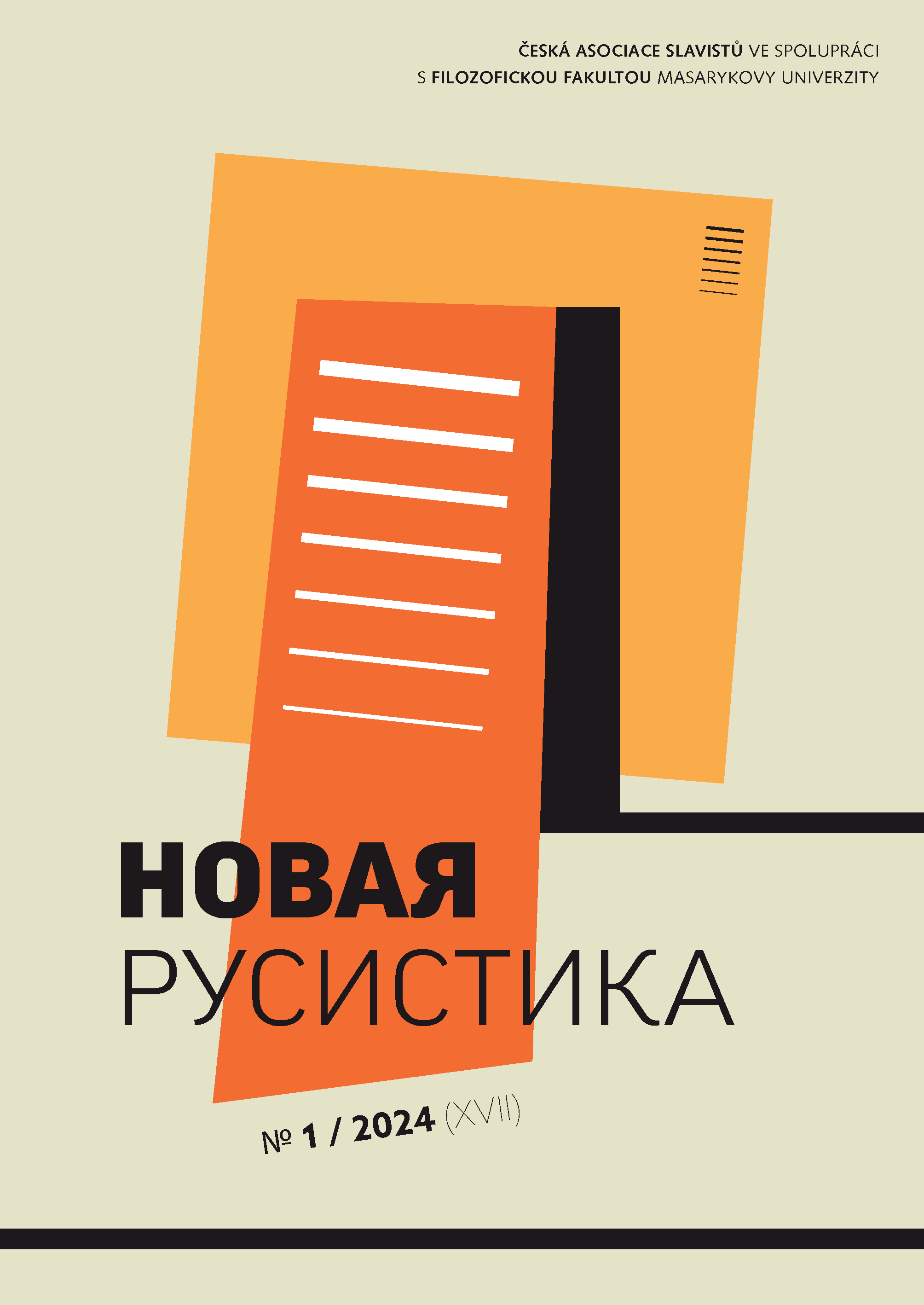
Keywords: narratology; narrative analysis; morphology of fantasy; V. Propp; P. Ricoeur; J. Šrámek; J. K. Rowling; Harry Potter
The article delves into essential moments in narratologyʼs history that shaped its evolution (Russian formalism, French structuralism, German narratology, Anglo-Saxon literary theory), and explores the plot intrigue within Ricoeurʼs work. Specifically, it focuses on the structural aspects of fantasy using the narrative model of a fantastic story devised by J. Šramek. His model draws from Proppʼs Morphology of the Folktale, in which he describes predetermined functions that are repeated in fairy tales. Šramekʼs model consists of nine functions that follow the logic of a work of fiction. His research into the narrative model of a fantastic story outlined a narrative system that can serve as a common denominator for the fantasy genre. As a result, the model was successfully applied in the analysis of the Harry Potter book series, which proves that it could possibly be applied to other fantasy works as well.
More...